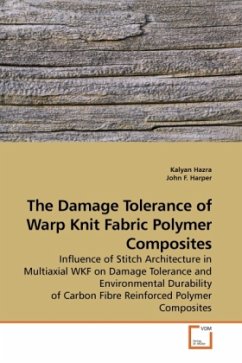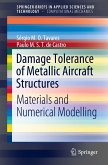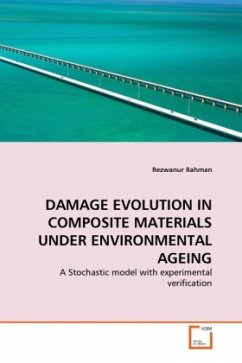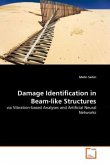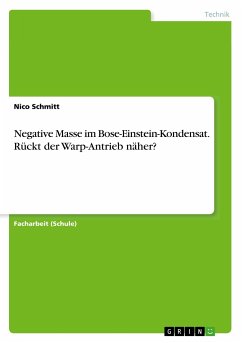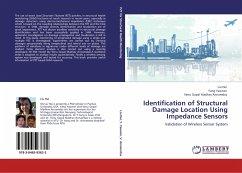Multiaxial Warp Knit (MWK) fabrics have brought together the advantages of textile technology: high deposition rates, unlimited shelf-life, low cost and improvement in damage tolerance. The effect of stitching architectures of such fabrics is reported in this work. Three stitch architectures of carbon MWK, in epoxy matrix, were considered. Damage resistance and tolerance testing were carried out on dry and aged samples along with DMTA, FTIR, Raman Spectroscopic analysis. Investigations showed that during low energy impact high stitch density offered more damage resistance, being directly influenced by the complex fibre structure, which has been shown to stop or deviate crack propagation. Compression After Impact (CAI) properties were found to vary directly with damage area. Whilst higher stitch density showed better residual strength properties after ageing, the percentage retention of the CAI strength was higher for low stitch density MWK. Chemical and thermal analysis showed that thermohumidity aided degradation of epoxy resin and formation of hydrogen bond with water molecules. This book should be useful to researchers and professionals in fibre reinforced polymer composites.
Bitte wählen Sie Ihr Anliegen aus.
Rechnungen
Retourenschein anfordern
Bestellstatus
Storno

